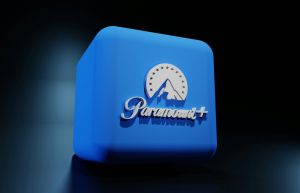Construction of the first Hyperloop test track is expected to start in Central California as early as 2016.
Last December, a group of expert engineers revealed the geometry and design of the "Hyperloop Project," a train that can bring passengers from Los Angeles to San Francisco in 30 minutes, should be ready for travel use in 10 years.
Hyperloop is a brainchild of the famous innovator Tesla and SpaceX chief executive, Elon Musk. He talked about the concept more than a year ago as a revolutionary "fifth mode" of transport, eclipsing trains, planes, boats and automobiles. Musk presented the design and how it will be powered by solar panels but didn't actually work on the project. He encouraged others to make it happen and said he had no plans of patenting the idea.
Hyperloop Transportation Technologies announced that it plans to start the construction of the five-mile test track halfway between Los Angeles and San Francisco by next year. The train will use depressurized tubes, magnets, and fans to transport up to 28 people per travel.
"This installation will allow us to demonstrate all systems on a full scale and immediately begin generating revenues for our shareholders through actual operations," Dirk Ahlborn, CEO of Hyperloop Transportation Technologies, said in a statement to The Verge.
The developers admitted that they won't be able to provide the speed envisioned by Musk, which was 760 mph; the train is expected to reach only about 200 mph.
"It's not about speed," Ahlborn told The Verge. "There are a lot of other things that need to be optimized."
The crowdfunded company is hoping to raise $100 million to complete the test track.
Meanwhile, Musk announced on Twitter that he plans to build a five-mile test facility in Texas for companies and students who like to test out their pods. He also added that he is thinking of holding an annual student Hyperloop pod racer competition to encourage students to develop pods.
© 2025 HNGN, All rights reserved. Do not reproduce without permission.








